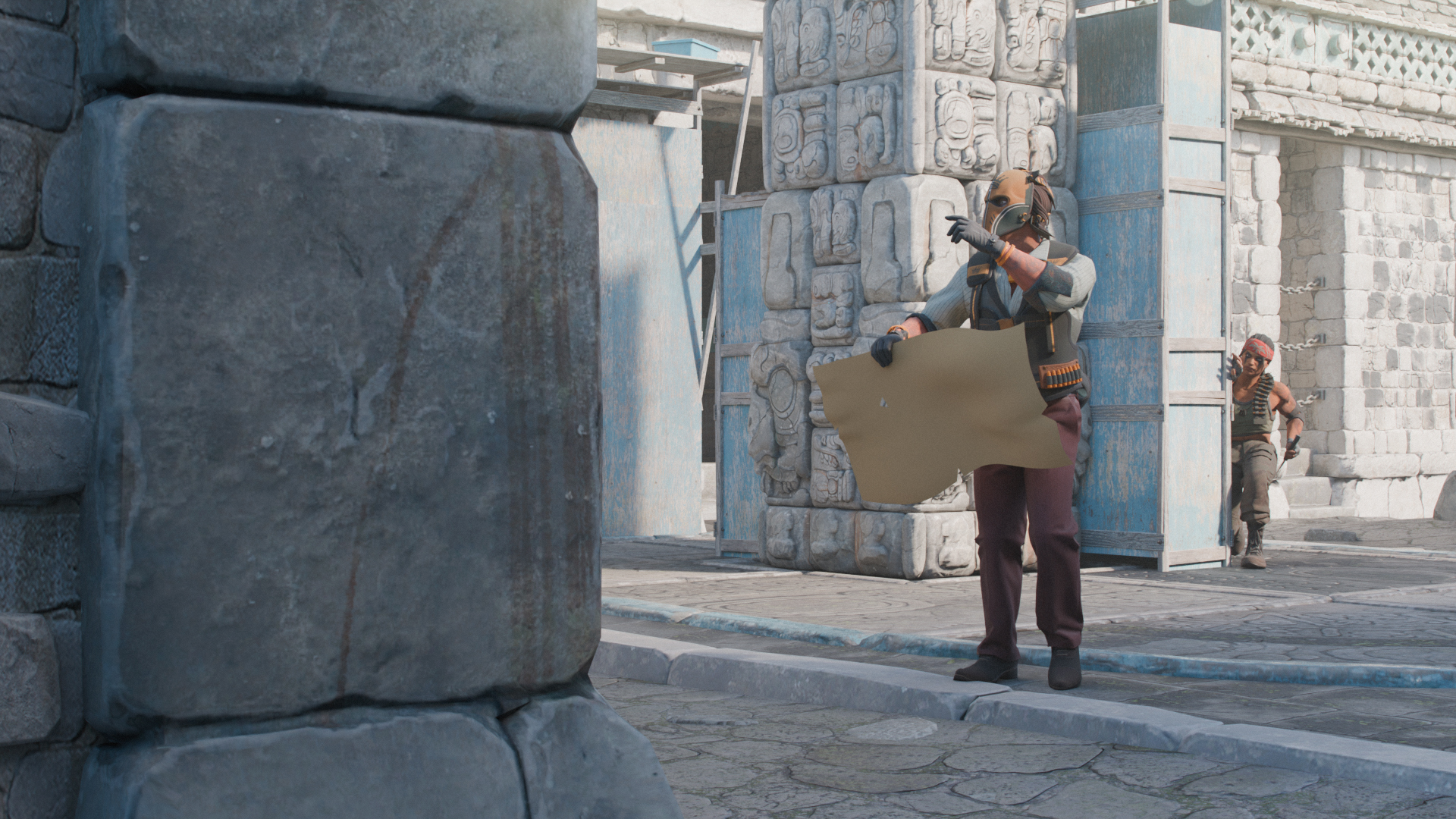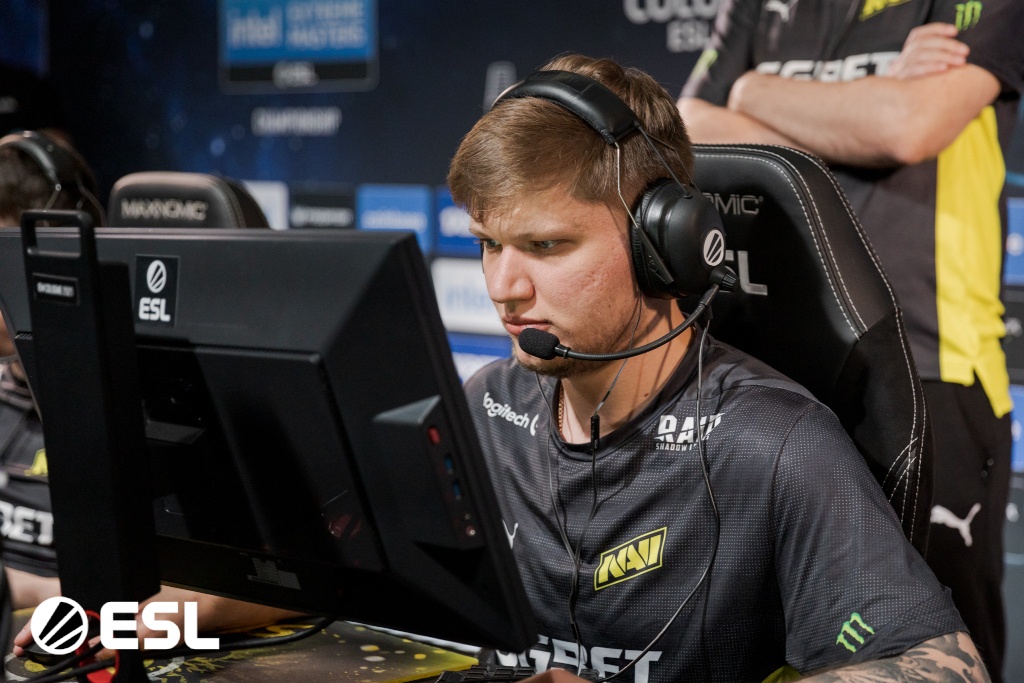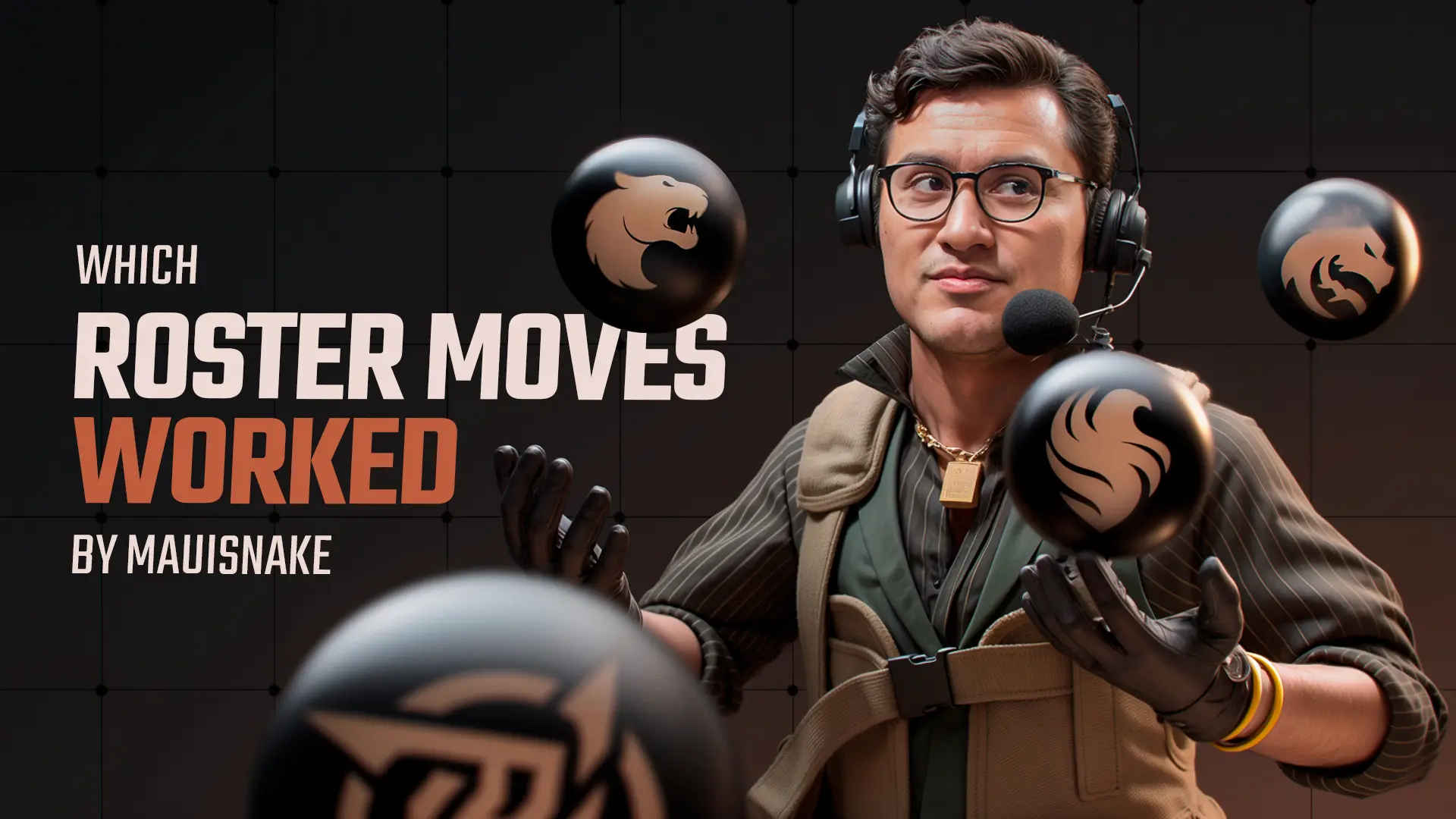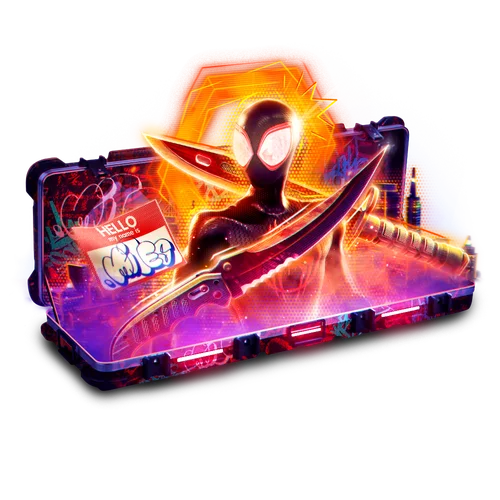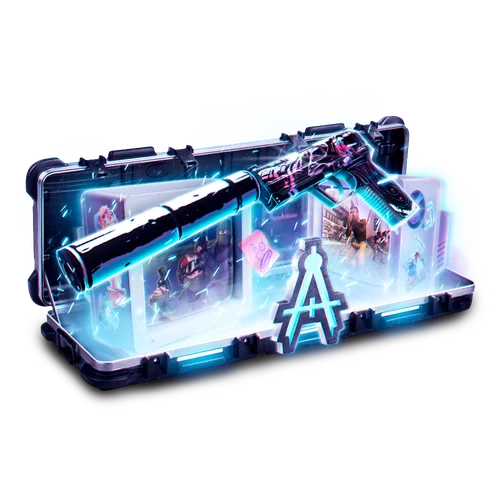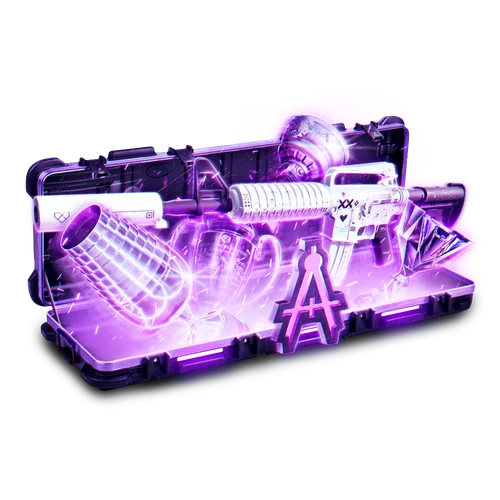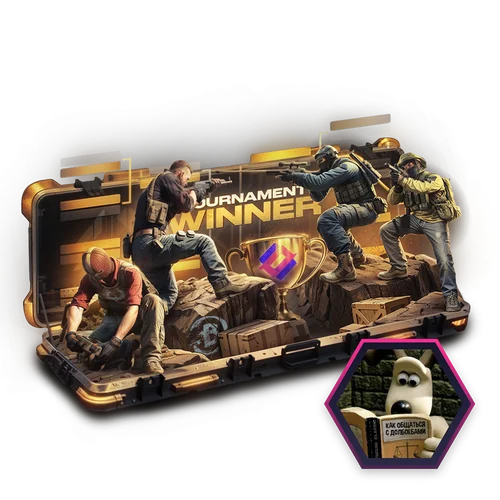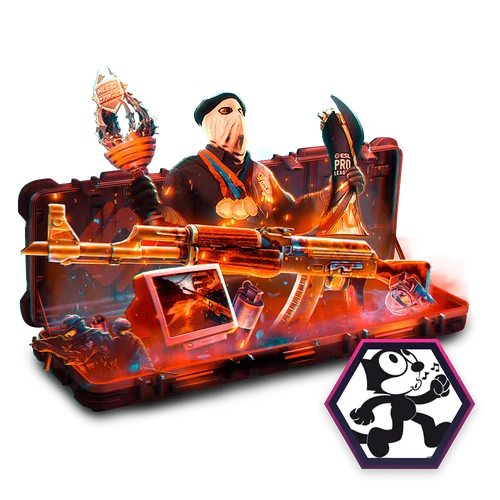If you’ve spent any time in CS2, you know that every map has its quirks—and Ancient is no exception. Ancient is a unique map, with its mix of tight corners, open sightlines, and intricate pathways. Knowing the map’s ins and outs means you’ll be ready to react to anything the other team throws your way. So, if you’re tired of getting caught off guard or not knowing the right angles to cover, this guide’s for you. We’ll describe everything about the Ancient CS2 callouts, from the A site to the B site, and of course, the all-important mid control. Once you’ve got these callouts down, you’ll be able to communicate like a pro and step up your gameplay. No need to stress over every little detail—you don’t have to be a walking map guide. But if you can nail these callouts, you’ll have a major edge. Let’s begin!
Mastering Ancient Map Callouts
Ancient is one of the most unique maps in Counter-Strike 2, featuring an ancient Mesoamerican aesthetic with overgrown ruins, stone structures, and lush jungle surroundings. The map is known for its blend of tight corridors, open spaces, and multiple elevation changes, making it a tactical battleground where utility usage and positioning play a crucial role. It has drawn comparisons to de_aztec, an older CS map with a similar jungle theme, though Ancient is far more refined and balanced for modern competitive play.
The unique aspects of Ancient include its heavy reliance on utility and limited long-range sightlines compared to maps like Dust II or Mirage. Smokes and molotovs are crucial for blocking off angles and controlling key areas, while flashbangs are often used to clear tight corners. The map’s greenish color palette and abundance of hiding spots also make visibility slightly tricky, requiring players to be extra alert when checking angles. Also check out our guide on Anubis callouts in CS2 and become a pro at some of the most difficult maps.

Ancient A Site
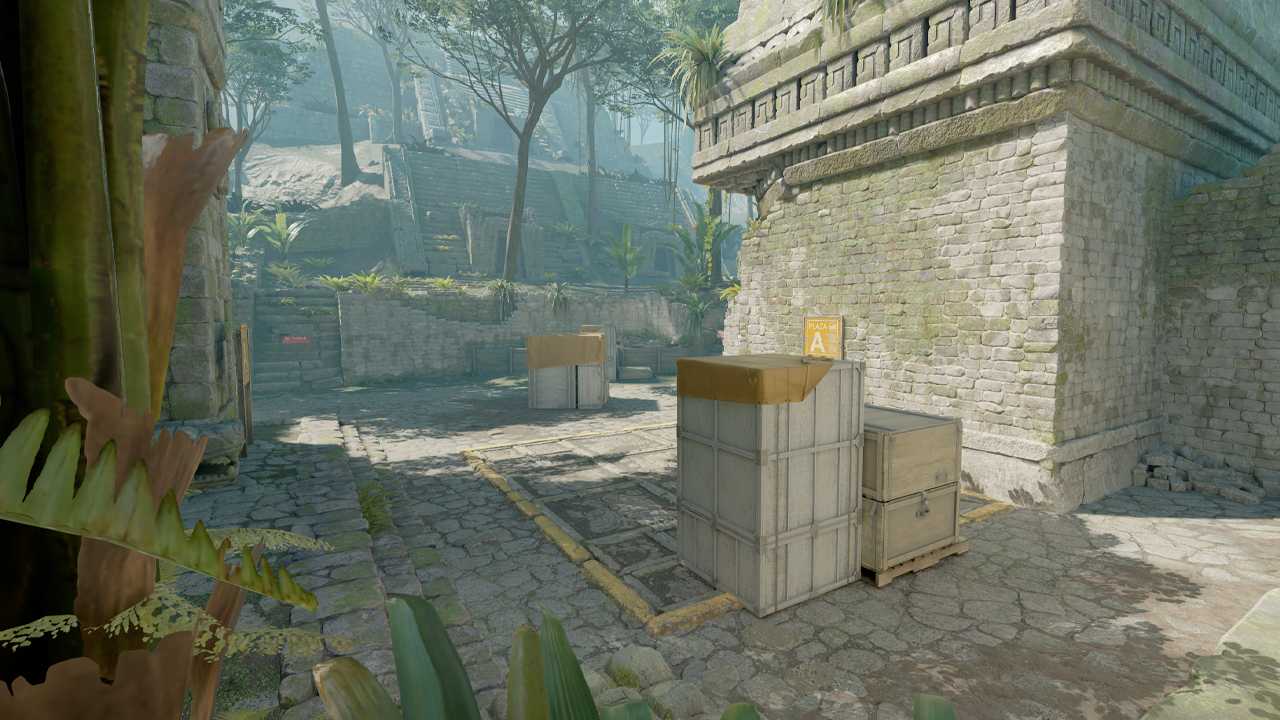
The A site on Ancient is a maze of tight corners, elevated positions, and wide open spaces. Knowing the callouts for this area will give your team the advantage in both defending and attacking.
- A Site: The main area where the bomb is planted.
- Temple: The thoroughfare establishing a direct link between CT Spawn and the A Site, providing a strategic path for Counter-Terrorist movement.
- CT Lane: The сorridor between CT Spawn and A Site. One of two fast passages for CTs to this part of the map.
- Triple Box: The small column of boxes, allowing Ts to plant the bomb closed.
- Long: One of the entrances to A Site is for Ts if they want to plant the bomb there.
- A Main: The area of the map between Long and A Halls. This is where Ts can most often hide when they are about to enter the A Site.
- A Halls: The narrow corridor between Stairs and A Main.
- Stairs: The staircase leading to the A Site from the T Spawn. Pressing Shift here will help you to ensure the CTs on A Site won’t hear you, when you play for Ts.
- A Boost: The high rise where one player can boost the other to provide closed control of the Long area.
- Big Box: The big crate next to the A Site. Can be used by CTs to control bomb planting in this part of the map.
- Single: The small shelter closer to the corner of the A Site. Allows you to hide behind it while crouching.
- Plat: The elevated corner near Single where CTs can often control the bomb planting.
- Donut: The circular room with a stone column in the middle. Used by CTs to control that Ts do not pass to A Site from Mid.
- Short: The passage from Donut to A Site. Hard to push as it can be controlled from many spots.
Ancient B Site
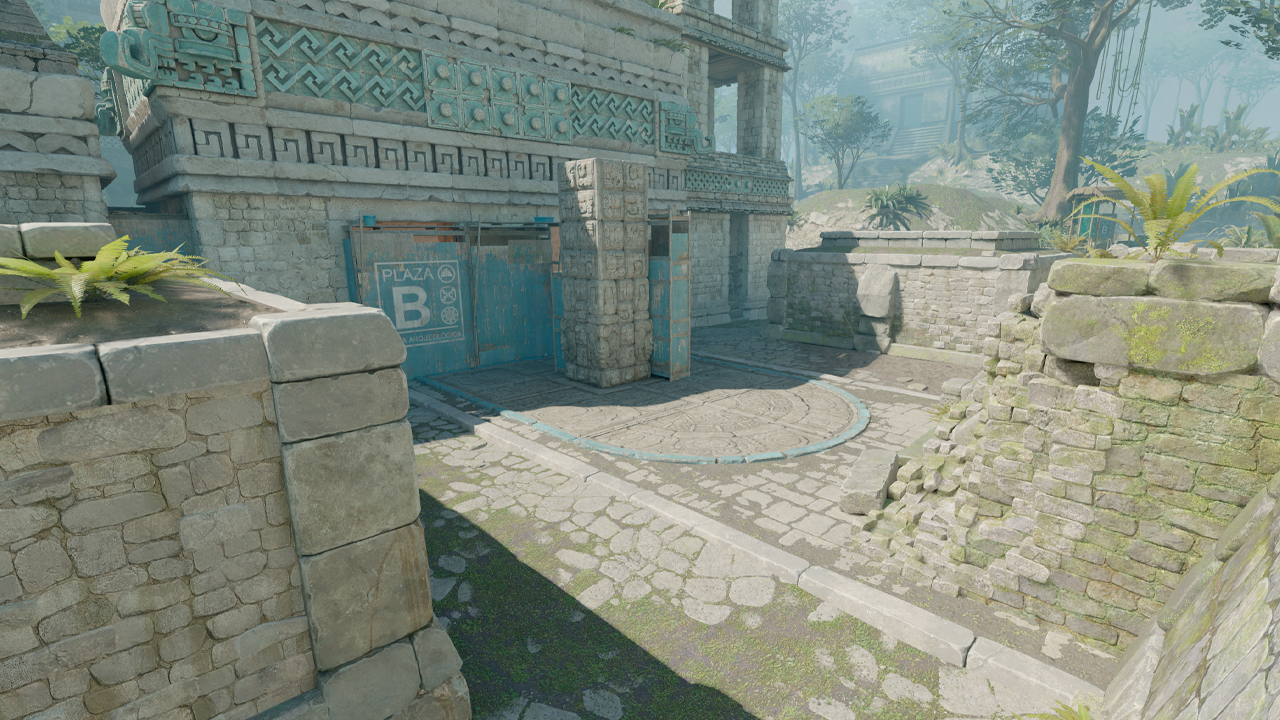
The B site on Ancient offers a different tactical challenge. Unlike the open areas of A, the B site is more closed off, with plenty of corners and elevated positions to watch out for.
- B Site: The primary location for bomb plants on the B side of the map.
- Pillar: The large stone column with wooden structures on the sides, middle B Site. Ts can hide behind it, however the wooden part is well shot through.
- Cave: The spacious chamber situated just before the entrance to the B site. Can be shot through a wooden structure.
- Lamp Room: The room connected to Cave, closer to Mid. Sometimes it is also called Cave.
- Heaven: The tall long passageway from where you can control Cave or T Lower.
- T Lower: Positioned just beyond the ruins exit, this area serves as a nexus connecting various pathways leading towards the B site.
- Ramp: The extended ascent from T-Lower directing towards the B site.
- B Boost: The elevated spot on which one player can boost another. Used by Ts to covertly control pushes from B Site.
- Square: The massive stone structure that CTs typically hide in post-plant scenarios.
- Back Halls: This location is right behind Sqare and provides two CT accesses to the B Site.
- Dark: The narrow spot linking Cave to Lamp Room. Used by CTs to catch incoming Cave Ts off guard.
- Nest: The small place in the corner of the site behind which CTs often control Ramp going Ts.
- Alley: The walkthrough from CT Spawn to B Site. This area has a box that allows CTs to hide if Ts push from Back Halls.
Ancient Mid
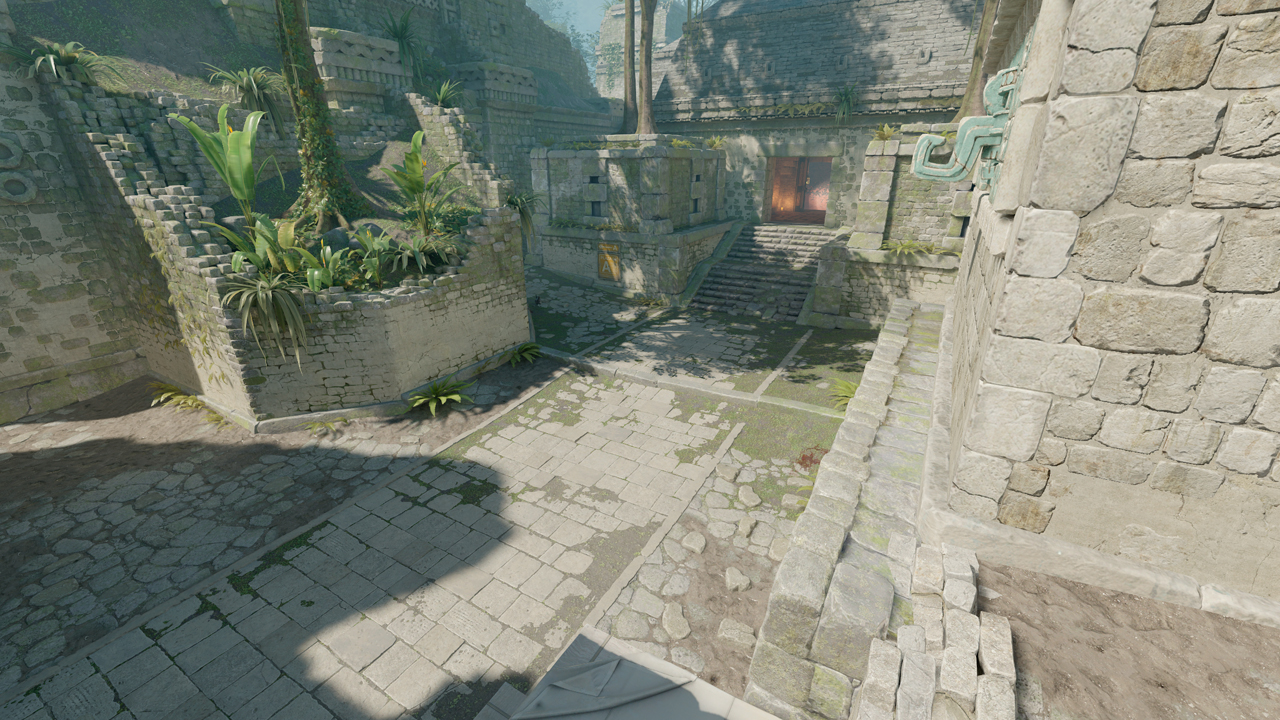
Mid control is crucial on Ancient for both attackers and defenders. Whoever controls mid typically has the flexibility to rotate and dictate the flow of the game.
- Mid: The central area of Ancient that connects both the A and B sites.
- Xbox: The set of crates positioned behind the short distance in the middle of the map, providing cover and strategic vantage points.
- Pit: The shallow recess located near the exit used by defensive players towards the center of the map. This oblong corner, opposite the entrance to Donut, offers a hiding spot for opponents.
- Red (Top Mid): Denoting the elevated position reached from a small room following the connector, providing an advantageous viewpoint.
- Elbow (Lower Mid): The compact zone nestled around the corner, serving as a link between the middle of the map and the Split area.
- Connector: The position near the large doors. Often used by CT-snipers to track the movement of Ts on Mid.
Other Key Ancient Callouts
While the A site, B site, and mid are the primary areas to focus on, Ancient has additional spots that are just as important to master.
- CT Spawn: The Counter-Terrorist starting position.
- T Spawn: The Terrorist starting position.
- Tunnel: The narrow space through which Ts go toward the B Site.
- Water: The area filled with water between Tunnel and Ruins.
- Ruins: The enclosed area near Doors where Ts can wait for aggressive pushes or throw smokes on the B Site.
- Doors: The doors near Ramp and Ruins. Can be used as a shelter.
- Split: The location next to the T Spawn, from which you can walk either towards the Mid or A Site.
You can also read our article on the best maps in CS2. Learn about the battlegrounds that both pros and players choose.
Winning Ancient with Callouts
So, there you have it—Ancient in a nutshell. Although many would find Ancient to be a very challenging map, there aren’t too many names, so you will be able to memorize them fast and interact with your team without trouble. So, go ahead—get to know Ancient inside and out. The more comfortable you get with its callouts, the smoother your games will feel. Sometimes it’s not about getting every callout perfect, but about understanding the flow of the game and adjusting in real-time. So remember, this map rewards those who think ahead, adapt quickly, and communicate effectively. Master these callouts, work with your teammates, and you’ll be ready for anything the opposing team tosses at you.











































